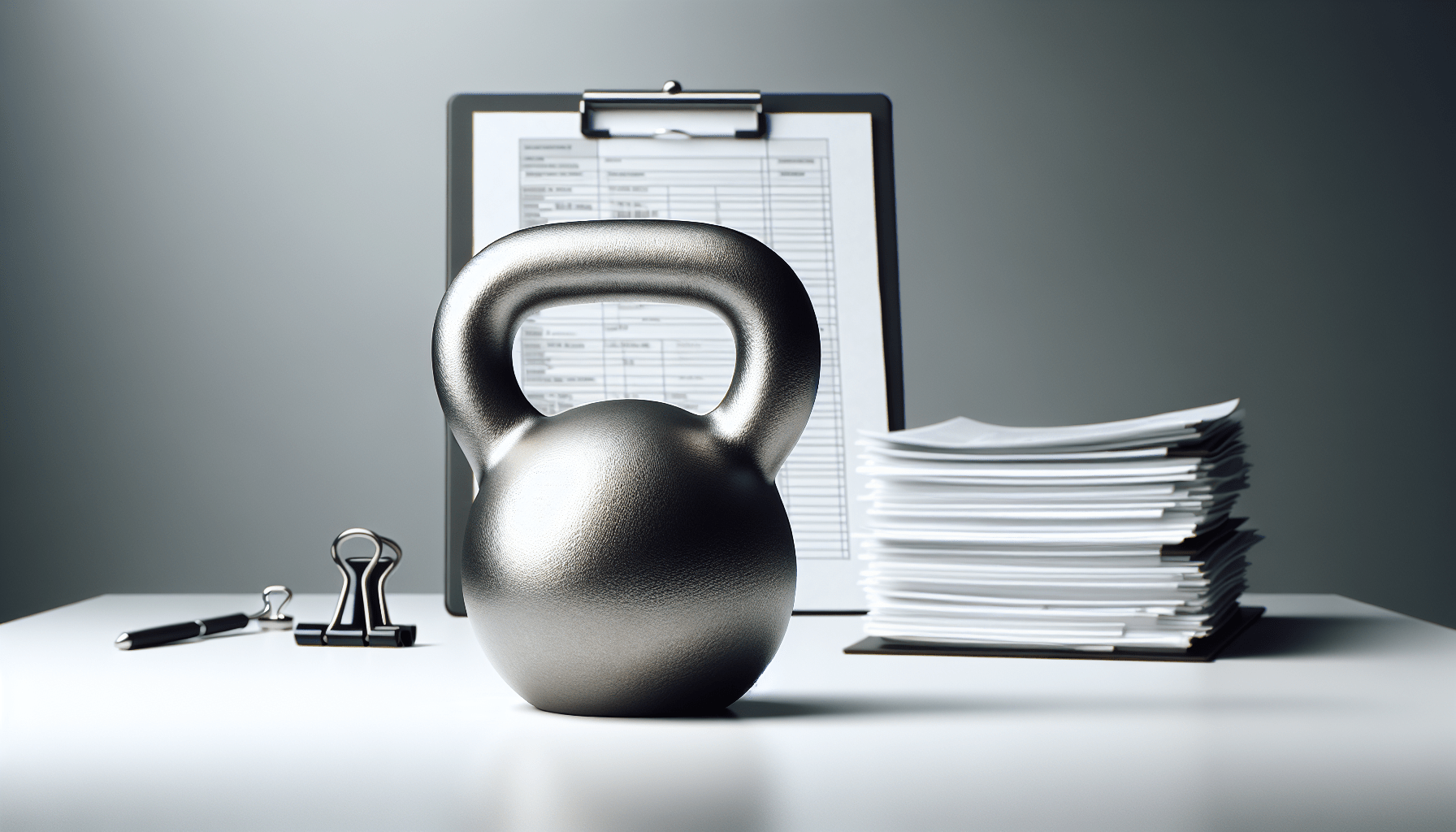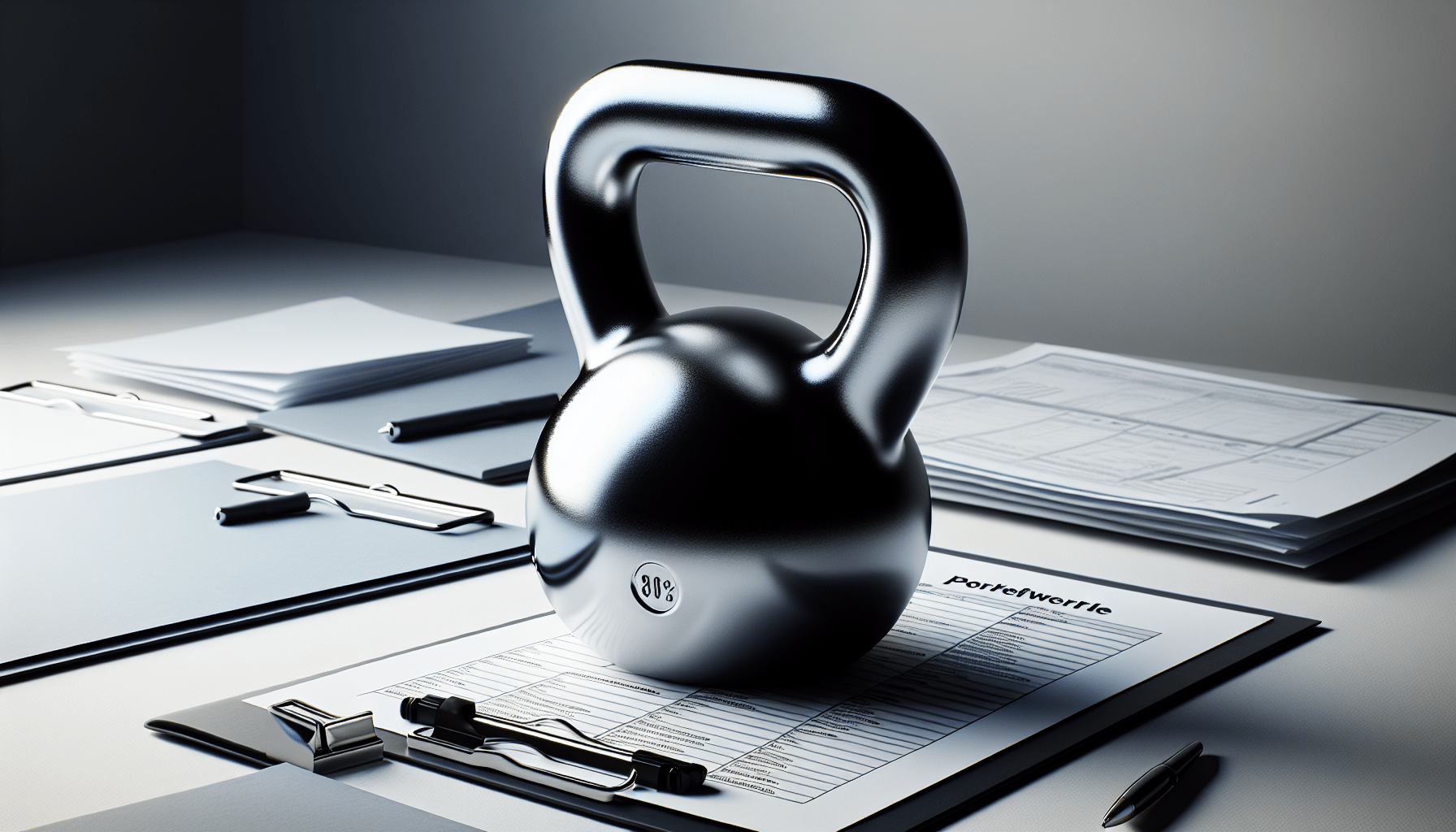Where To File ISF For Kettlebells
Have you ever wondered where to file the Importer Security Filing (ISF) for kettlebells when you’re importing them? Knowing the right procedures can make a significant difference in ensuring a smooth and hassle-free import process. Let’s unpack everything you need to know about filing ISF specifically for kettlebells.

Understanding the Importer Security Filing (ISF)
Before we jump into where to file the ISF for kettlebells, let’s clarify what an ISF is. The Importer Security Filing, also known as the “10+2 rule,” is a U.S. Customs and Border Protection (CBP) requirement designed to enhance cargo safety and security.
What Information is Required for ISF?
Filing an ISF accurately is crucial. Here’s a quick rundown of the information you will need:
| Information Required | Description |
|---|---|
| Importer of Record | The name of the business or individual who is importing the kettlebells. |
| Consignee | Who will ultimately receive the kettlebells at the destination. |
| Manufacturer Name | The name of the manufacturer or supplier of the kettlebells. |
| Country of Origin | Where the kettlebells are manufactured. |
| Commodity HTSUS Code | The Harmonized Tariff Schedule (HTSUS) code for kettlebells. |
| Ship to Address | The final destination address for the kettlebells. |
| Arrival Information | Estimated arrival date and other arrival details. |
| Container Information | Details of the shipping container being used. |
Why Filing ISF is Crucial
Filing the ISF is essential for avoiding potential delays, fines, or even cargo seizures. Customs uses this data to assess any risks associated with the imported goods. If you don’t file it properly and on time, your goods may be delayed at the port, leading to increased costs.
When to File the ISF
The timeline for filing varies, but generally, you should submit your ISF at least 24 hours before the cargo is loaded onto the vessel at the foreign port. This gives Customs the information necessary to clear your shipment.

Where to File ISF for Kettlebells
Now let’s get down to the nitty-gritty: where do you actually file the ISF for kettlebells? There are generally a few options at your disposal:
Through a Customs Broker
One of the easiest ways to file your ISF is through a licensed customs broker. They are experienced in navigating the ISF filing process and can ensure everything is completed accurately and on time.
Advantages of Using a Customs Broker:
- Expertise: They know the ins and outs of ISF regulations.
- Time-Saving: They handle the paperwork, so you can focus on other aspects of your business.
- Compliance: They help ensure that your filing aligns with current laws and regulations.
Directly with CBP
If you prefer to manage your own imports and have a good understanding of the filing process, you have the option to file your ISF directly with U.S. Customs. This process typically involves using the Automated Broker Interface (ABI).
Steps to File Directly with CBP:
- Register for ABI: If you haven’t already, you’ll need to set up your ABI account.
- Prepare Your ISF Data: Gather all necessary information as outlined in the section above.
- Submit Your ISF: Use the ABI platform to file your ISF submission.
Online ISF Filing Tools
Several third-party services offer online platforms designed to make the ISF filing process user-friendly. These tools usually allow you to input your data, check for compliance, and submit your filing electronically.
Benefits of Online Tools:
- User-Friendly Interfaces: Easy navigation and support can simplify the process.
- Instant Confirmation: Many tools provide immediate feedback on the status of your filing.
Common Mistakes to Avoid
Filing the ISF can be tricky, and making mistakes can lead to costly delays. Here are some common pitfalls to keep in mind:
Incomplete Information
Submitting an ISF with missing information can result in rejected filings. Always ensure all required fields are filled out accurately.
Late Filings
As mentioned earlier, failing to file your ISF at least 24 hours before loading the cargo can trigger issues. Setting reminders or using automated tools can help prevent this.
Incorrect HTSUS Codes
Using the wrong Harmonized Tariff Schedule code can lead to misclassification and potential penalties. Always double-check your HTSUS codes for accuracy.
What Happens After Filing?
Once you file your ISF, the information will be processed by Customs. They may review your filing using various risk assessment strategies. If your filing is approved, you’ll receive confirmation. If not, you may need to address any issues raised by the Customs officials.
Potential Customs Responses
After filing, Customs might respond in several ways:
- Acceptance: Your ISF is accepted, and your kettlebells can proceed to import.
- Request for More Information: If there are discrepancies, Customs may contact you for additional information before approving your ISF.
- Rejection: If your ISF is rejected, you’ll need to rectify the issue and submit again.
Additional Regulations to Consider
When importing kettlebells, you should also be aware of various regulations surrounding the importation of goods in the U.S. Here are a few to keep in mind:
FDA Regulations
If your kettlebells are coated or treated in any way that could potentially impact health (like using chemicals), they could be subject to FDA regulations. Ensure you understand these rules to avoid penalties.
Product Compliance
Many products, especially those related to fitness and health, may need to comply with certain safety standards. Kettlebells might need to conform to regulations ensuring they’re safe for consumer use, so always double-check the specific requirements.
Import Tariffs and Duties
Be prepared for any import tariffs or duties applicable to kettlebells, as these can significantly affect your overall costs. Make sure to budget accordingly.
Frequently Asked Questions
What if I forget to file my ISF?
If you forget to file your ISF within the required time frame, your shipment may be delayed. In some cases, Customs may impose fines, so it’s best to file as soon as possible.
Can I amend my ISF after filing?
Yes, you can amend an ISF. However, it’s preferable to be as accurate as possible during your first filing to minimize complications down the road.
Is there a fee for filing an ISF?
If you use a customs broker or a third-party online filing tool, there may be fees associated with their services. Filing directly with Customs doesn’t typically involve a fee, but always check for any updates or changes to regulations.
Conclusion
Filing your ISF for kettlebells might sound complicated, but with the right tools and knowledge, you can navigate the process like a pro. Whether you choose to work with a customs broker or go the DIY route, ensuring that your filing is accurate and timely will safeguard against delays and penalties. Remember that every detail matters—from the information you provide to understanding the regulations that apply to your product.
By staying informed and prepared, you can streamline your import process and focus on what really matters—bringing your kettlebells to your market. So, get started, keep this guide handy, and make your import experience as smooth as possible!
Learn more about ISF 10+2 compliance. Know more for ISF bond submission. Feel free to Customs Filing assistance. Return to Customs Filing dashboard for importers.
